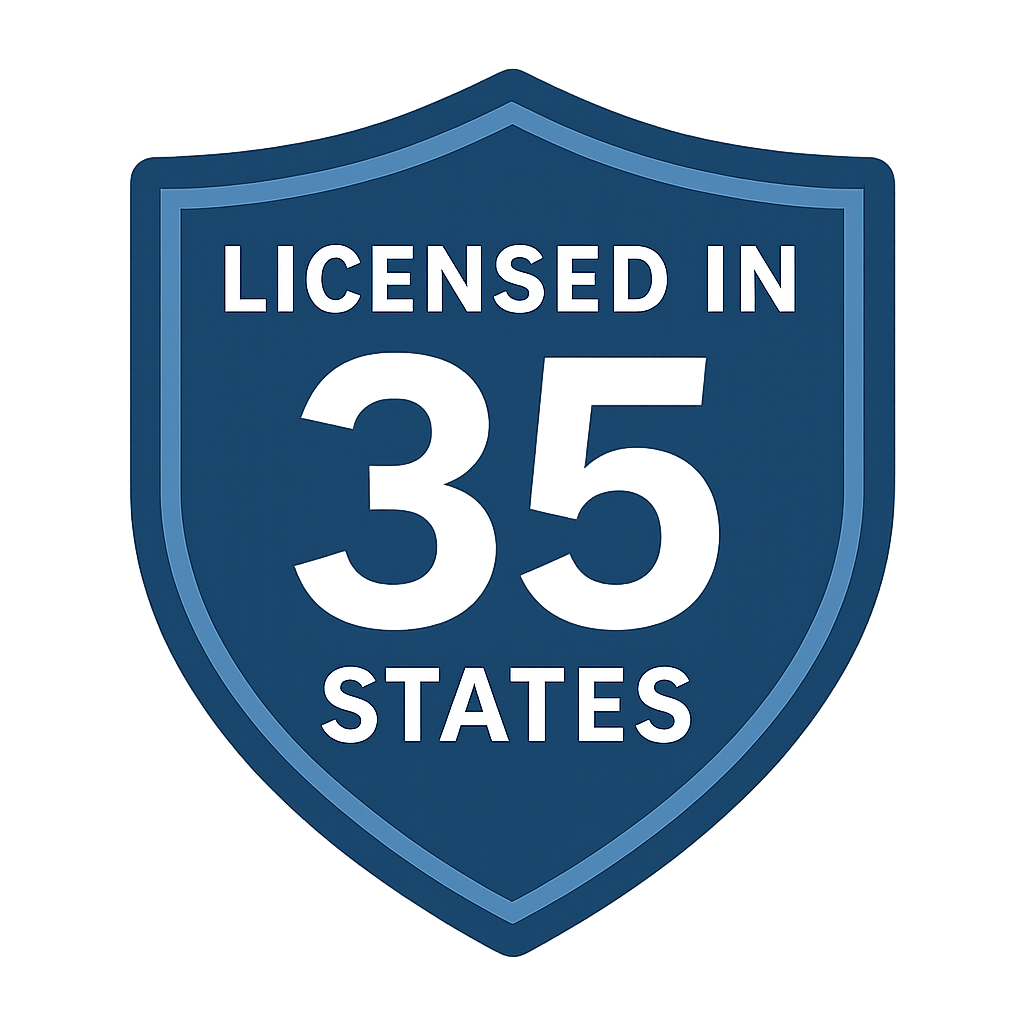Broad Form and Non-Owners Explained
Two driver-based options, one clear guide — see which fits you
Table of Contents
Broad Form — What It Is
Broad form is liability that follows the **driver** when operating eligible cars… usually for a single named driver. It often excludes other drivers and physical damage — get more info.
State availability varies; see our comparison hub.
Non-Owner — What It Is
Non-owner is liability for drivers who **don't own a car** and don't have regular access to one. It's used for license maintenance or occasional driving.
Which Fits You
Own a car or switch between cars solo… broad form may fit in states that allow it. No car and need proof… non-owner is common. We'll compare both — get a quote.
See Your Driver-Based Options
We'll price broad form (where available) vs non-owner and explain trade-offs.
Broad form vs non-owner — simple, side-by-side answers
Driver-based coverage is popular with single drivers, first-time buyers, and commuters who borrow or switch cars. Broad form liability follows one named driver when operating eligible vehicles… it usually excludes other drivers and doesn't include comprehensive or collision. Non-owner liability is for people without a car and no regular access to one; it's used for license reinstatement, occasional rentals, or proof requirements when you rarely drive. Both can sometimes satisfy filings, and both can include add-ons like medical payments (where offered), but limits and endorsements differ by carrier and state.
We compare carriers like Progressive, Nationwide, Travelers, Safeco, Bristol West, and Foremost where products are available, then show your price as a single driver versus a non-owner. Want quick next steps… our Auto Quote Checklist lists what to gather, and the comparison hub breaks down coverage types in plain English. If a filing is part of your situation, we'll verify rules in your state and provide a clear plan; for multi-state context, see our SR22 overview (limits apply). Ready to move… get a quote or speak with an agent for a short call and instant proof when you're set.
Broad Form — Details
What is broad form insurance?
Liability that follows the driver when operating eligible vehicles; usually a single named driver and no comp/collision.
Who should consider broad form?
Single drivers who don't share cars. Households with multiple drivers should look at standard policies — get more info.
Does broad form cover other people driving my car?
No — it typically covers only the named driver. Other drivers need their own coverage.
Does broad form cover rentals?
Sometimes liability applies, but the rental company's damage waiver is still recommended for the car itself.
Can I add medical payments or UM/UIM to broad form?
Often available as add-ons depending on carrier/state. We'll show options — get a quote.
Is broad form available in every state?
No. Availability varies widely by state and carrier; we'll confirm for your ZIP.
Non-Owner — Details
What is non-owner insurance?
Liability for drivers who don't own a car and have no regular access to one; used for license maintenance and occasional driving.
Does non-owner include comprehensive or collision?
No — it doesn't insure a specific vehicle. It covers your liability when you borrow or rent.
Can non-owner help if I need proof to reinstate a license?
Often yes; it's common for proof requirements. We'll confirm your state's rules — call an agent.
Is regular access to a car allowed on non-owner?
No — regular access typically disqualifies non-owner. A standard policy fits better.
Can I add UM/UIM or MedPay on non-owner?
Sometimes; availability varies by carrier/state. We'll outline options — get details.
Does non-owner cover rentals completely?
It provides liability; rental companies still recommend a damage waiver for their vehicle.
Comparisons & Scenarios
Broad form vs non-owner — main difference?
Broad form is for a single driver (often who may own/operate different cars); non-owner is for drivers without a car or regular access.
Which is cheaper?
Non-owner is often cheapest for people without a car; broad form can be inexpensive for single drivers in states that offer it.
What if I sometimes drive a friend's car?
Non-owner can work if access isn't regular. If you regularly use a car, a standard policy may be required — get more info.
Can I switch from non-owner to a standard policy later?
Yes — call when you get a car and we'll change coverage instantly and send new ID cards.
Do these policies include roadside or rental?
Usually no by default. Some carriers offer limited add-ons; we'll review options.
Are filings possible with these policies?
In some states, filings can be attached. We'll verify rules and timelines for your situation.
Get a Side-by-Side Price
Broad form (where available) vs non-owner — quick, apples-to-apples.
Broad Form vs Non-Owner — At a Glance
Broad Form
Driver-based, single named driver, liability only, may cover when operating eligible cars, limited add-ons.
Non-Owner
For drivers without a car or regular access, liability only, frequently used for proof/occasional rentals.
Standard Policy
Vehicle-based, multiple drivers, comp/collision options, best for households and financed cars.
Last Updated on by Shawn Christie



